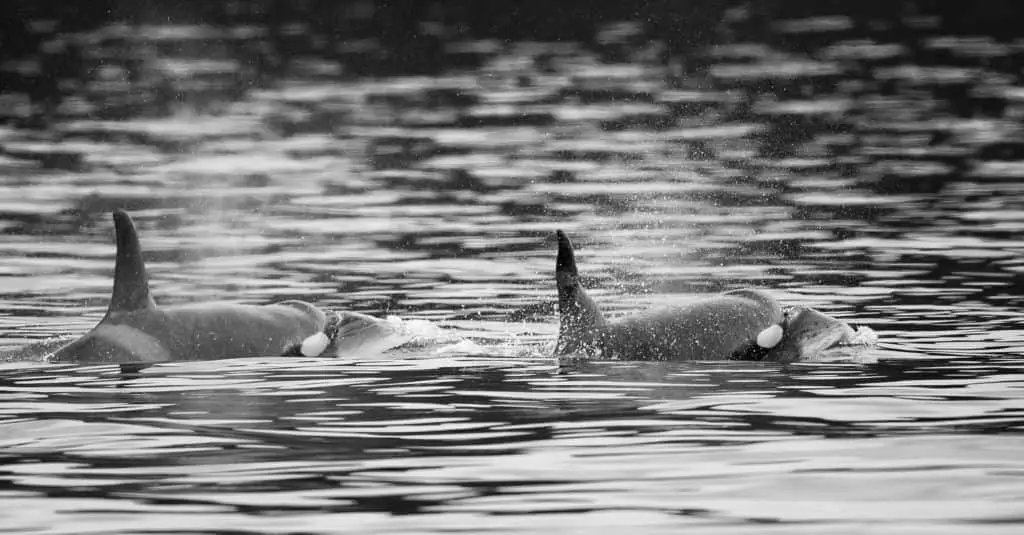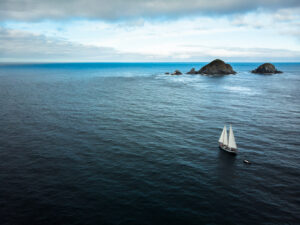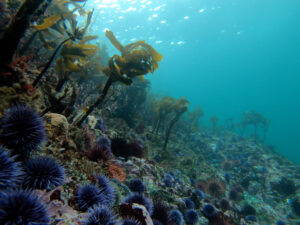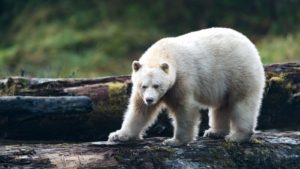Creature Feature: Southern Resident killer whales 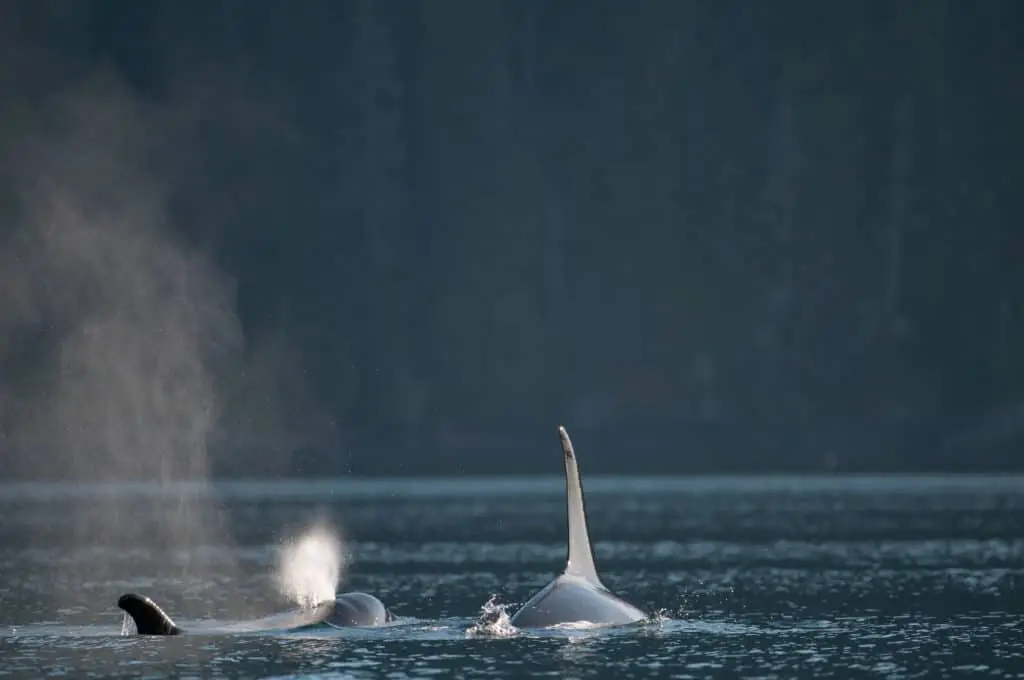
This past January, a coalition of conservation groups from Canada and the U.S. sent a petition to the Canadian Government, requesting that it issue an emergency order under the Species at Risk Act (SARA) to protect the endangered Southern Resident killer whales. The aim of the petition is to encourage the government to implement an approved action plan to save this population.
Christianne Wilhelmson, the Executive Director of the Georgia Strait Alliance, one of the conservation groups behind the petition, says the situation is dire. “If the government isn’t willing to make the hard decisions, we will lose this species,” she says. “This population is on razor’s edge.”
It’s distressing news. Killer whales are an iconic species here in British Columbia. Images of this majestic creature permeate the local culture–from the jersey of the Vancouver Canucks hockey team to labels for local breweries and building-size murals. These animals also drive the economy. Whale watching is at the top of the to-do list for many visitors and the star attractions are the Southern Resident killer whales.
The Southern Residents are probably the most studied killer whales in the world. We’ve learned that they’re a genetically-distinct population or family, divided into three groups we’ve named the J, K, and L pods. From spring through the fall, these fish-eating orcas ply the waters of the Salish Sea in southern BC and northwestern Washington State. They don’t interact or breed with any other of BC’s killer whales.
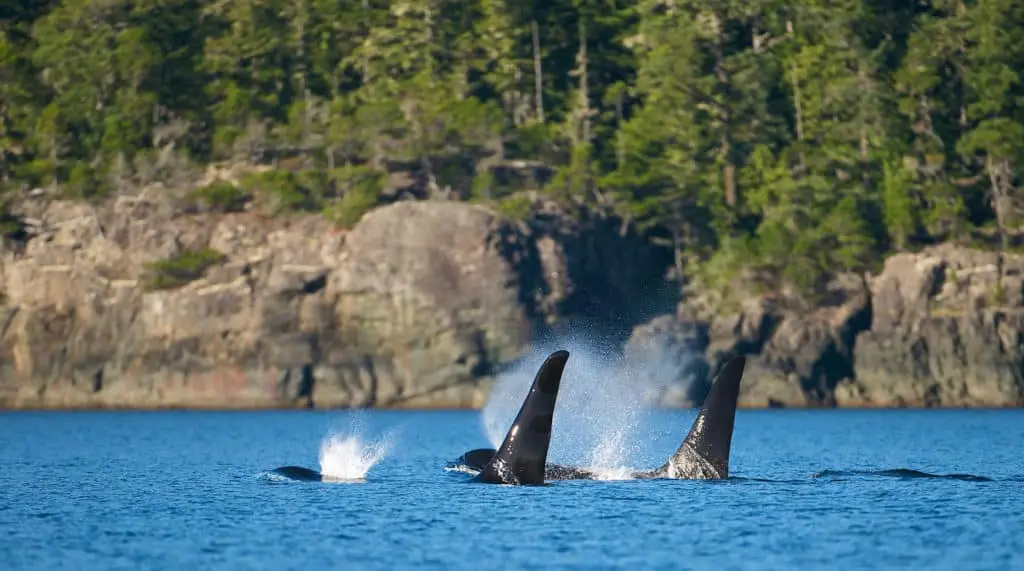
What’s really worrying to scientists is that this population now numbers just 76 individual whales, the lowest number in more than 30 years. Even more troubling is the fact that there haven’t been any successful births since 2015. We know this because researchers are able to identify each member and track population changes like births and deaths.
So what’s happening to the Southern Residents? Well, the problem is three-fold and revolves around scarce food resources, increased noise, and toxic pollution.
Here’s how it works: The Southern Residents feed predominantly on chinook salmon, which puts them in direct competition with sport and commercial fishermen. And when chinook stocks are low, as they have been in recent years, the killer whales have to work extra hard to catch enough prey. This is where the noise becomes a factor. These whales live in an area with increased shipping and are followed day-in and day-out by whale watching vessels. All of that combined boat noise hinders their ability to find food and communicate with each other. If a killer whale can’t find enough food, it metabolizes its own fat which is filled with toxins from industrial pollution in these waters. When this happens, the whales can get very sick.
The emergency petition focuses mostly on just the issues of food and noise, and not pollution. Wilhelmson says there’s a good reason for that. “Those are the things that you can do something about today that will have an immediate impact tomorrow. This issue of pollution is more complicated. It requires a long-term strategy.”
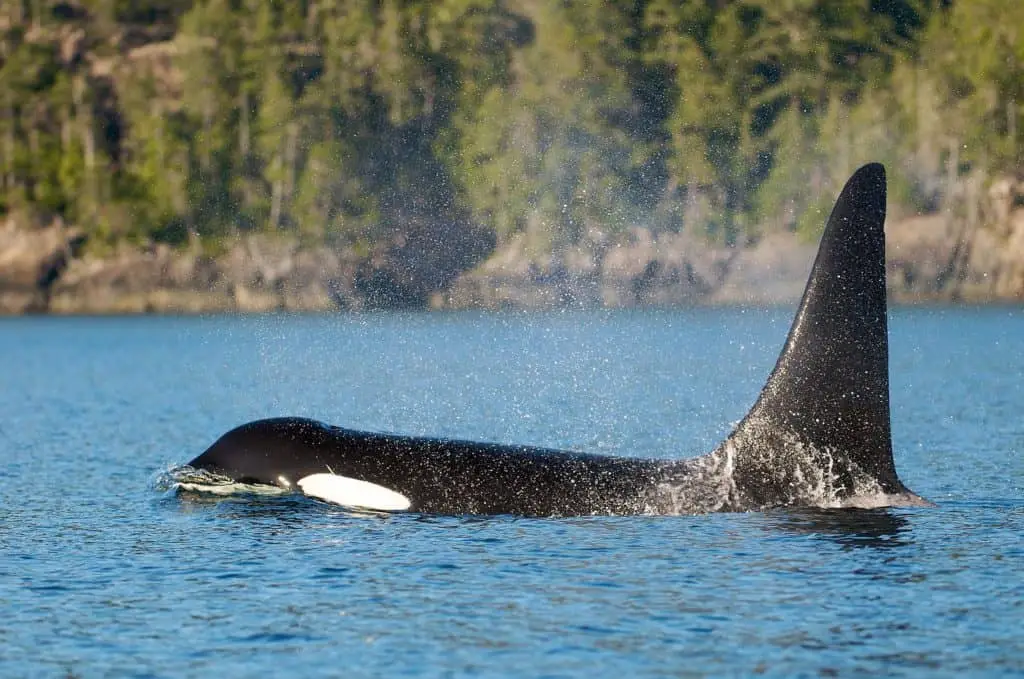
One of the first things Wilhelmson would like to see done is more space being given to feeding whales. “We want to allow the orcas to find food,” she says. “Whales have particular areas in which they tend to forage. When the whales are in those areas, we want to ensure no one is fishing and that the whale watching vessels stay out of those refuges.”
Wilhelmson acknowledges that measures to helping the whales will have an economic impact. “We understand we’re asking sports fishermen and commercial fisherman and the whale watching community to make some changes that will impact their businesses. But we’ve had decades of putting the orcas last. We now have to put them first.”
Wilhelmson is angry about the government’s inaction. “I get very frustrated when the solution is right there and politicians are unwilling to make the right decisions,” she says. “But I’m always hopeful,” she adds. We can protect these orcas. We just have to keep going at it.”
She says the key is for people to keep talking about the issue and about what needs to be done. “The more people know about the issue, the more productive the conversations around it will be,” she says.
You don’t need to be a scientist or politician, or even an activist, to help the Southern Resident killer whales. You can do your part by making simple decisions in your daily life such as buying locally harvested foods and by using reusable grocery bags. To learn more about what you can do, and how these activities specifically help the killer whales, check out the Georgia Strait Alliance’s handy list of 10 Everyday Things You Can Do To Protect Southern Resident Killer Whales.
